
Explore & Play
Discover interesting topics and solve the accompanying crossword puzzle.
Herb Crossword: Benefits of Basil, Mint & Rosemary
Table of Contents
Herb crossword
You can either fill in the crossword puzzle directly on this page or click the button in the bottom right corner to print it for free.
——————————————
Exploring the Benefits and Uses of Popular Herbs: Basil, Mint, Rosemary, and More
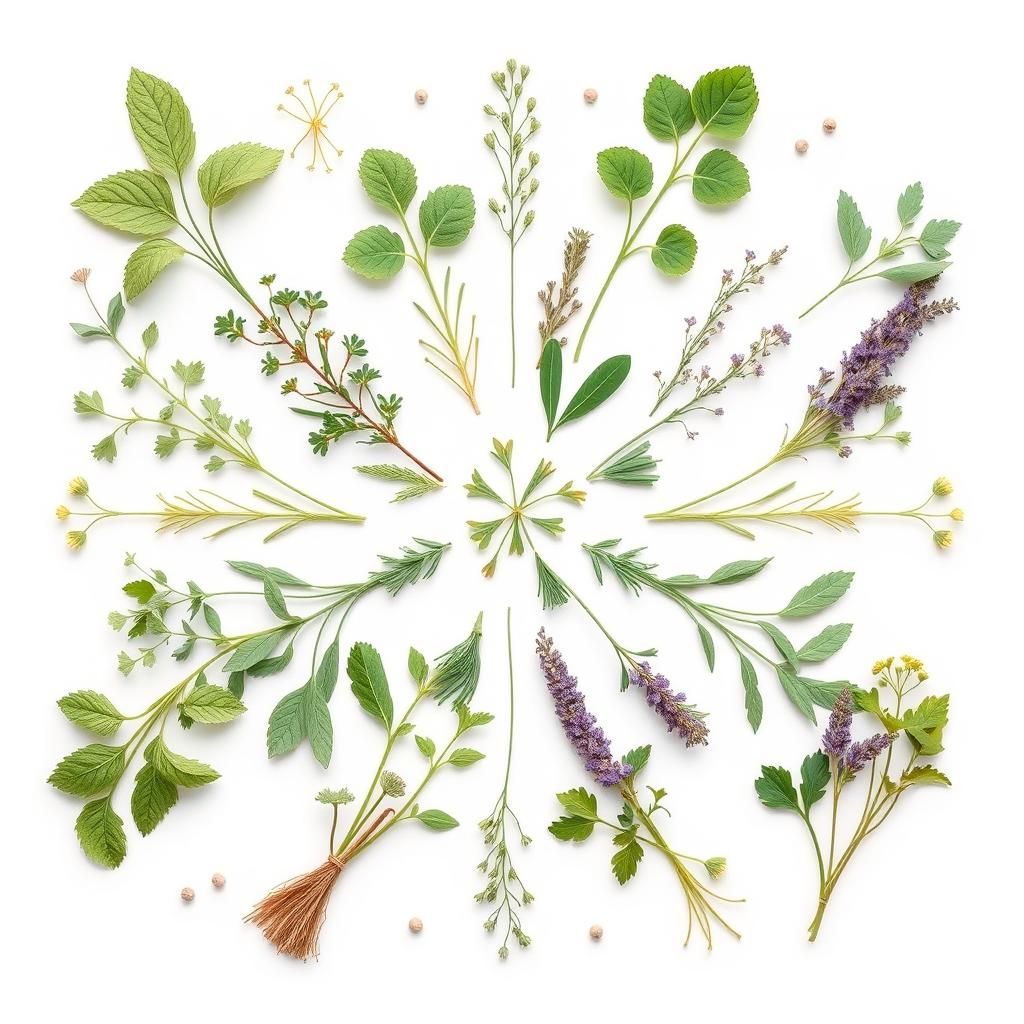
Introduction
There’s something quietly powerful about herbs—their humble leaves carrying stories of kitchens warmed by simmering pots, gardens buzzing with life, and remedies passed down through generations. Herbs aren’t just plants; they’re the gentle thread connecting us to nature’s quiet magic and the rhythms of the earth. Whether tucked in a sunny window or growing wild in a backyard patch, herbs bring more than flavor—they bring history, healing, and a touch of everyday wonder.
You might think of basil as just a leafy companion to your pasta, or mint as a simple garnish for a summer drink. But dig a little deeper, and these plants reveal traits that have grounded folk remedies and modern science alike. From calming the mind to easing digestion, from brightening dishes to enriching soil, herbs offer a bounty of benefits that go beyond the kitchen.
This article sets out to explore some of the most popular herbs—basil, mint, rosemary, thyme, dill, parsley, coriander, sage, lavender, and oregano—and to share with you their uses in cooking and wellness alike. Rooted in both tradition and research, this journey is an invitation to slow down, breathe in the herb-scented air, and discover how these simple greens can quietly transform daily life. So pour yourself a cup of tea, and let’s explore the humble, hearty world of herbs together.
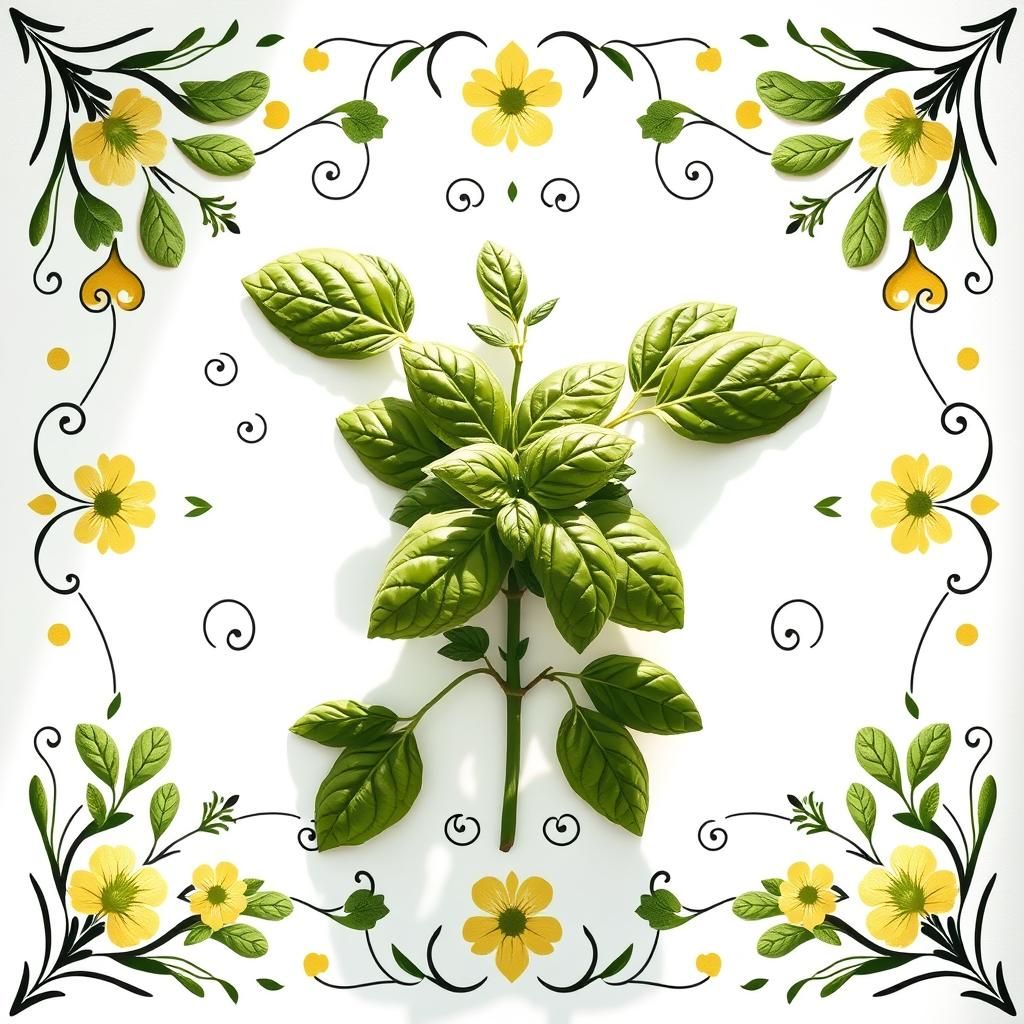
There’s something about fresh basil that stirs more than just the senses—it feels like a little green spark of summer caught in your kitchen. When you tear a leaf and breathe in its sweet, slightly peppery aroma, you’re invited to slow down and savor the moment. Basil’s tender, aromatic leaves have long been a staple in dishes from classic Italian pesto to fresh Caprese salads. It’s that lovely herb you sprinkle over tomato sauce just before serving to lift the whole dish, or tuck between slices of ripe mozzarella for a simple, elegant bite.
But basil isn’t just a flavor hero; it’s been a quiet companion to mental wellness, too. The sacred tulsi, or holy basil, revered in many traditions for its calming qualities, gently nudges anxiety and stress aside. Modern research backs this up, showing how compounds in basil may support a steady, soothed mind — a welcome ally in our busy, always-on-the-run lives. It’s a reminder that sometimes, nature’s quiet gifts are the best remedy.
Growing basil is like tending to a trusted friend. It thrives in a sunny spot with well-drained soil, and it whispers to you when it’s thirsty—its leaves soften or lose their luster. Pinching back the tops not only keeps the plant bushy but fills your kitchen with more of that lovely fragrance. When the harvest is generous, snap off bunches and dry them gently or store fresh leaves wrapped in damp paper towels inside your fridge, so you can carry a little summer inside, even when the days get gray.
Basil invites us to slow the pace, to cook and care with intention, and to remember that some of the best things in life grow right outside our doorsteps.
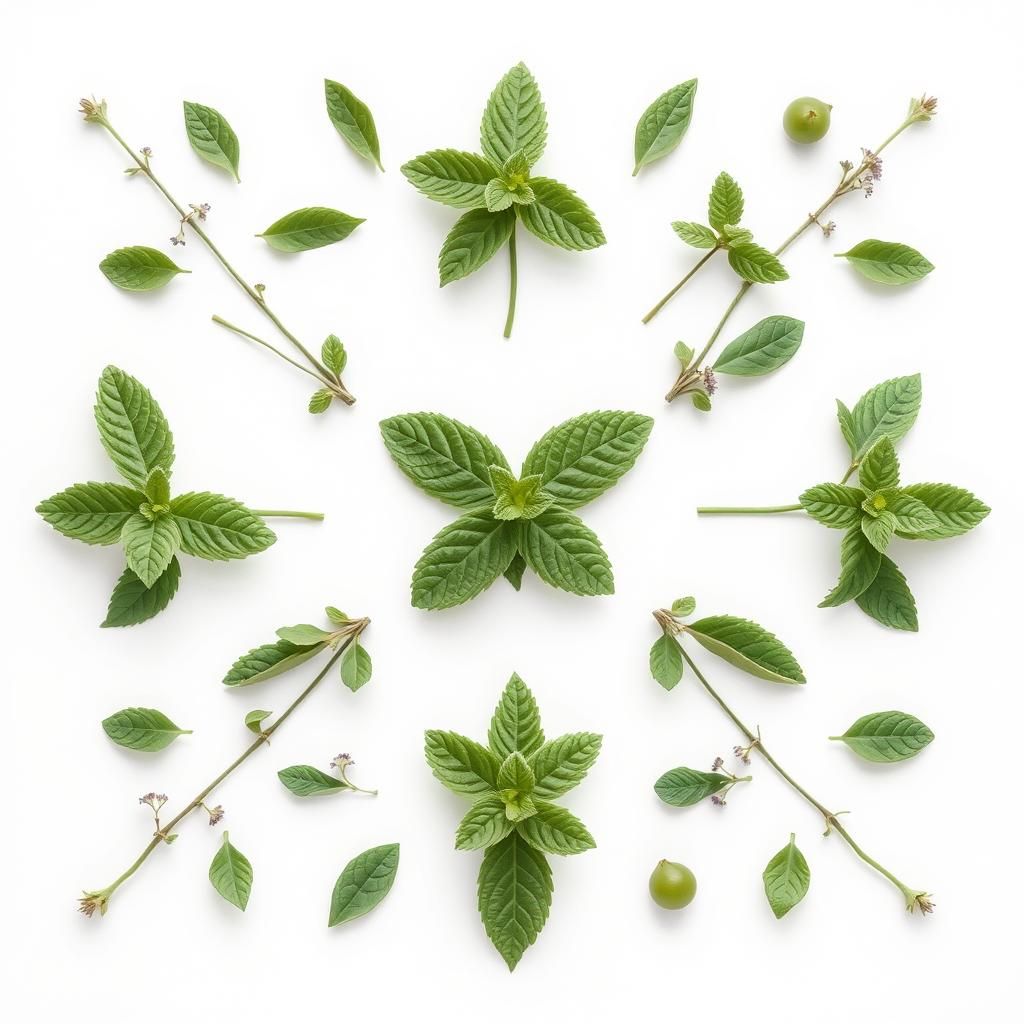
Mint: A Versatile Herb for Cuisine and Wellness
There’s something instantly refreshing about mint—the cool snap that wakes your senses on a hot day or soothes your stomach after a hearty meal. Mint’s bright leaves carry more than just a chill; they’re a quiet powerhouse in kitchens and medicine cabinets alike.
Culinary Applications
Mint loves company in the kitchen. Toss fresh leaves into iced tea, muddle them into cocktails, or sprinkle over fruit salads for a subtle zing. In savory dishes, it pairs beautifully with lamb or spring peas, lending a brightness that cuts through richer flavors. One of my favorite pairings? Mint and rosemary. Together, they create a balanced, earthy aroma that brings depth to roasts or grilled veggies, rooting dishes in both freshness and warmth.
Medicinal Benefits
Beyond its taste, mint holds a gentle healing touch. Sipping mint and lavender tea, for example, calms the mind and helps relax blood vessels, making it a simple ritual for unwinding after a long day. This blend doesn’t just soothe nerves; it’s like a cool breeze stretching through your veins. Mint’s natural detoxification properties encourage digestion and can ease mild discomfort, reminding us how herbal traditions often mirror what science confirms: the earth offers remedies in the humblest of leaves.
Growing and Harvesting Tips
If you plant mint, prepare to give it space—or better yet, a pot of its own. Mint’s hearty roots like to spread wide, taking over garden beds if not checked. Harvest leaves regularly to keep plants lush, picking in the morning when their oils are strongest. Dry some for winter teas, but don’t be shy about using fresh—the way it brightens a dish or drink is a small daily pleasure worth savoring.
In a world that moves fast, mint invites us to pause, inhale its cool scent, and tap into a tradition of simple wellness that’s as fresh today as it ever was.
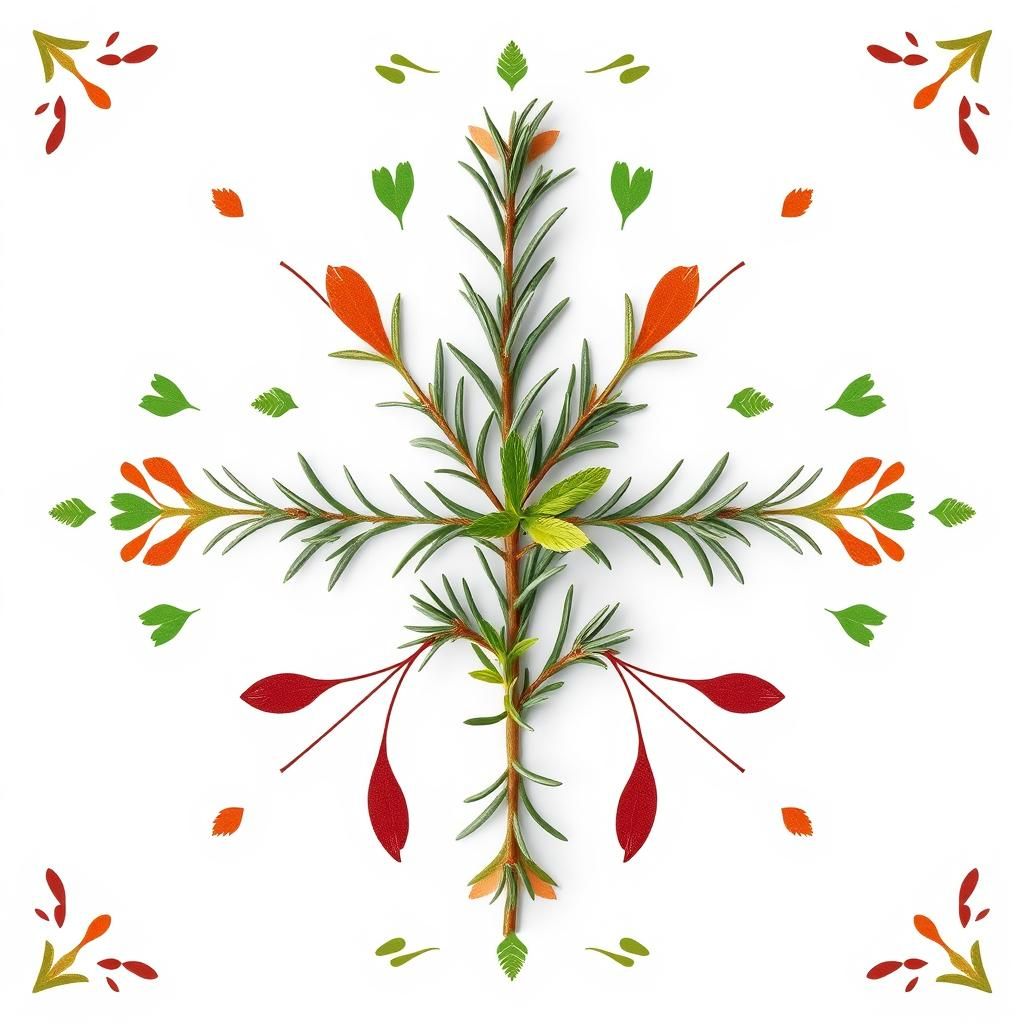
Rosemary: Enhancing Flavor and Circulation
There’s something about rosemary that feels like a quiet, steady presence in the garden and kitchen alike—like an old friend you can always count on. Its needle-like leaves carry a piney, slightly peppery aroma that brings a robust warmth to dishes without overpowering them. When paired with mint, rosemary adds a grounding depth that balances mint’s bright, cooling freshness—a duo that’s just as magical in the kitchen as it is in the teacup.
In cooking, rosemary’s bold flavor shines best alongside roasted meats, hearty stews, and root vegetables. It also lends a surprising twist to desserts like lemon cakes or shortbreads, where its resinous notes cut through sweetness just right. Think of it as the rustic seasoning that ties together farm-to-table meals and fireside gatherings.
But rosemary isn’t just about taste. Folk traditions and modern science both nod to its role in promoting healthy circulation. Its natural compounds help relax blood vessels, giving your body a gentle boost of vitality. Sipping rosemary-infused tea can feel like a fresh breeze waking up tired limbs after a long day. Beyond circulation, rosemary carries antioxidants and anti-inflammatory properties that have supported wellness in many cultures throughout the ages.
Growing rosemary is as straightforward as its sturdiness suggests. It prefers sunny spots and well-drained soil, thriving even with a bit of neglect—making it perfect for both the seasoned gardener and beginners eager to roll up their sleeves. Harvesting the sprigs is best done before the plant blooms, when the oils are most fragrant, ensuring each pinch delivers that unmistakable piney punch.
To store rosemary, fresh bunches wrapped in a damp cloth keep well in the fridge for days, while drying it preserves its essence for months. This way, you have a little piece of the garden at hand anytime you want to sprinkle a bit of rustic charm onto your plate or into your cup.
Rosemary invites you to slow down, breathe in the earthiness, and savor its quiet magic—connecting kitchen, garden, and body in one simple, fragrant thread.
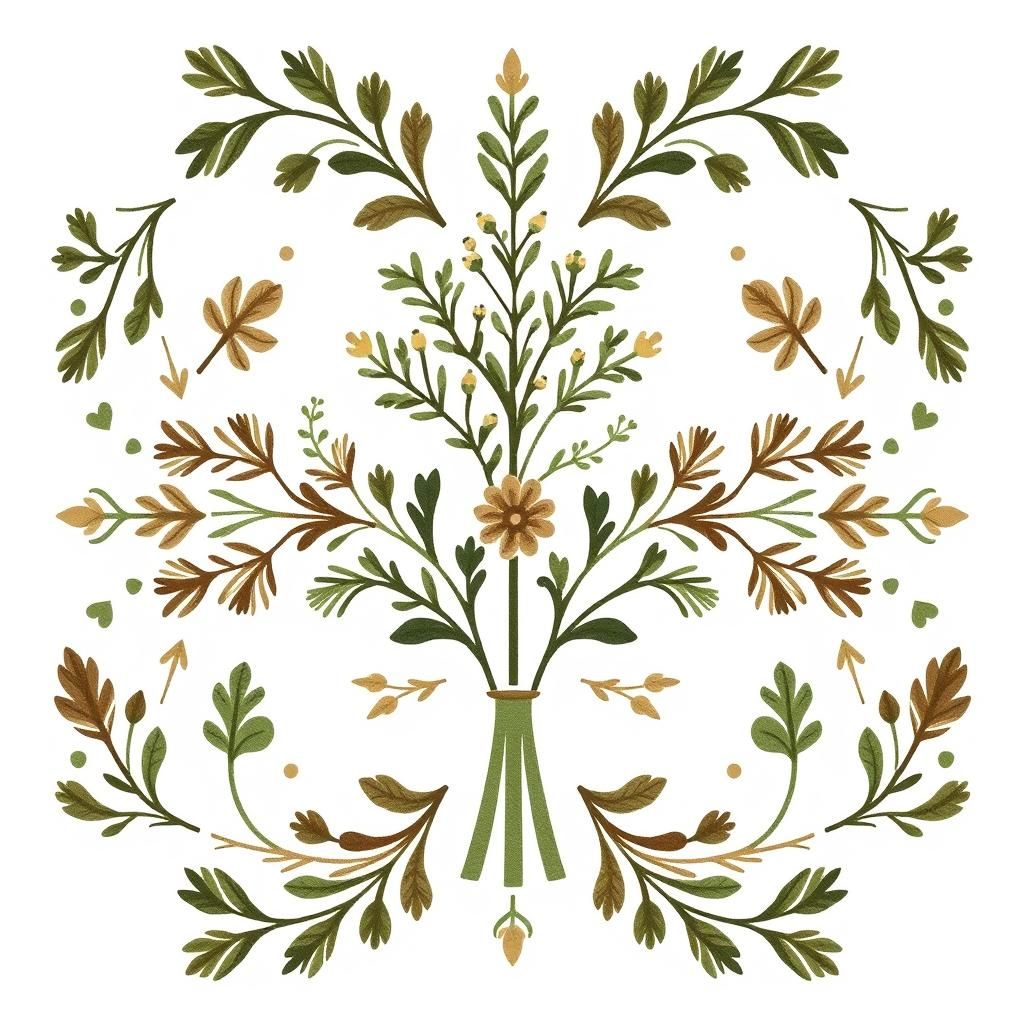
Thyme, Dill, Oregano, and Sage: The Garden Essentials
There’s something quietly satisfying about walking through a garden where thyme, dill, oregano, and sage grow in neat patches or spill freely over stone borders. These herbs carry the kind of familiar, earthy aromas that remind you of old family recipes and afternoons spent tending the soil with dirt under your nails. Each one brings its own little magic, not just to the kitchen but to the garden and well-being too.
Culinary Highlights
Thyme and oregano are the workhorses of the herb patch — bold, fragrant, and ready to soak up the flavors of hearty stews or summer tomatoes. If you want real punch, use fresh thyme and oregano generously; their oils hold the flavor like a story told by an old neighbor’s firelight. Dill, with its delicate, feathery leaves, has a lighter touch, perfect for brightening fish dishes or stirring into fresh yogurt sauces. Sage, earthy and slightly peppery, stands tall beside a roast or folds gently into brown butter for a cozy fall flavor. Each herb’s distinct personality invites you to experiment, to cook slowly and savorfully.
Medicinal and Practical Benefits
Beyond the kitchen, these herbs are garden guardians in their own right. Sage and dill don’t just smell good; they help keep pests at bay—nature’s own little bodyguards for your plants. Plant sage near your veggies, and it can ease away unwanted visitors with its aromatic powers. Dill, often overlooked, attracts beneficial insects that help your garden thrive silently in the background. Traditional wisdom nods to their deeper roles too—sage has long been used to soothe sore throats and support digestion, while dill’s carminative properties ease tummy troubles and bring calm. It’s a gentle reminder that these plants have been friends to gardeners and healers for generations.
Tips for Growing and Harvesting These Herbs
Plant thyme and oregano in well-drained soil with plenty of sunlight—they thrive when left a bit dry, making them near foolproof for sunny spots. Cut these herbs regularly to keep them bushy and full, harvesting just before they flower for peak flavor. Dill prefers a bit more moisture and cooler conditions, so tuck it where it can enjoy morning sun but some afternoon shade. Sage is tougher, tolerant of poorer soil and drought once established. When harvesting sage, pick the younger, tender leaves for cooking, saving the mature ones for drying—they hold their smell like an old quilt holds memories. Snip herbs with clean scissors or pruning shears to avoid bruising, and store them loosely wrapped in paper in the fridge or dried in bundles for winter’s quiet kitchen moments.
These garden essentials aren’t just plants; they’re companions that invite you to slow down, touch the earth, and taste the seasons. They remind us that simple things—the feel of thyme between your fingers, the scent of sage warming the air—are quietly magical after all.
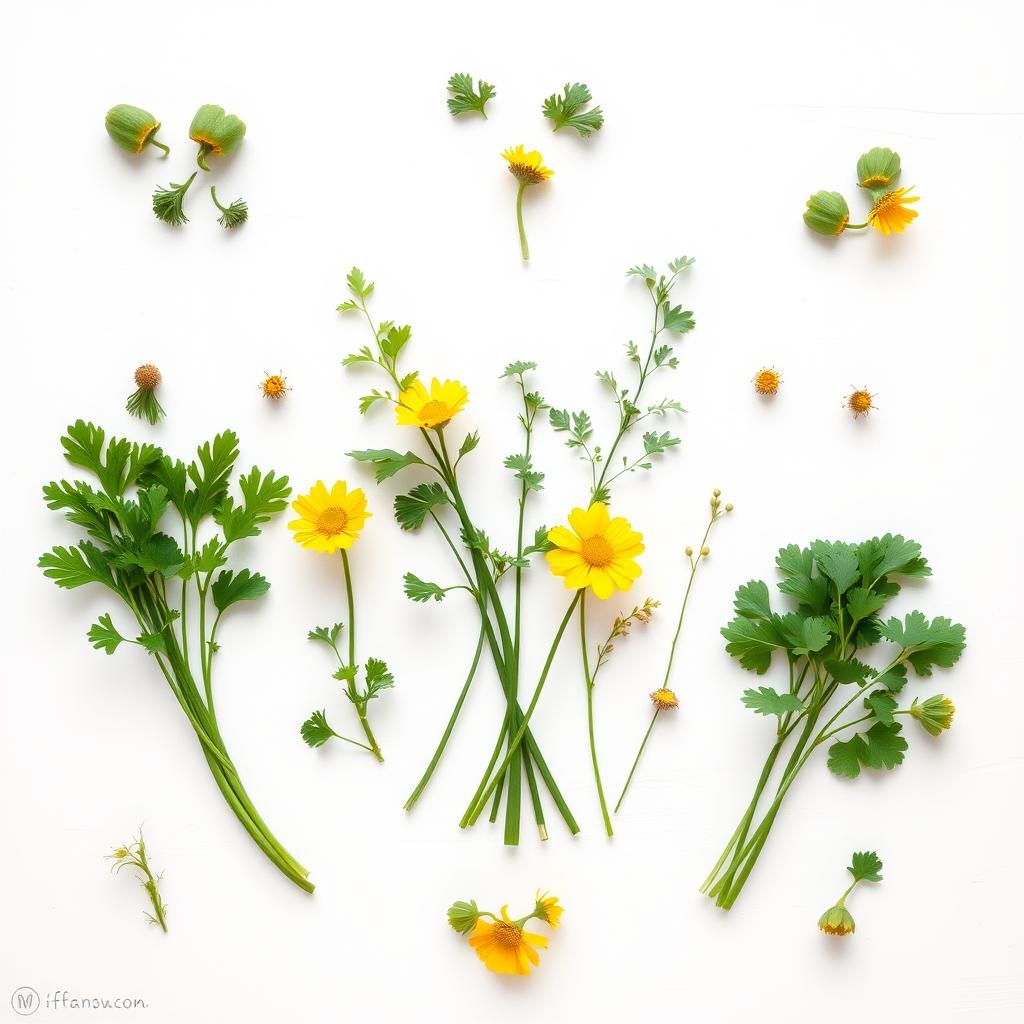
Parsley and Coriander: Clarifying Myths and Health Benefits
There’s something about parsley and coriander that trips up many a home cook and herb enthusiast alike. They look similar—those bright green, feathery leaves—but in the kitchen and in the medicine cabinet, they each have their own story to tell. So let’s settle the score over a cup of chamomile, shall we?
Culinary Use and Flavor Differences
Parsley is the quiet companion on many plates, offering a fresh, slightly peppery note that brightens everything from stews to salads. Flat-leaf parsley, in particular, is beloved for its clean, grassy flavor. Coriander leaves (also called cilantro in some parts), on the other hand, hit with a lively, citrusy punch that adds a zing to salsas, curries, and sauces. If parsley is the calm storyteller, coriander is the lively troubadour. Neither can substitute fully for the other without changing the whole song.
Medicinal Properties
Beyond the kitchen, it’s easy to assume parsley and coriander share the same health perks — but they’re really quite individual. Coriander is often celebrated for its digestive benefits, packed with antioxidants, and even known to support blood sugar balance. Parsley shines as a natural diuretic, helping flush out excess fluids, and it’s also rich in vitamins A, C, and K, nurturing bones and the immune system. Both bring their own gentle boosts, quietly supporting wellness in ways that science is beginning to unravel, alongside centuries of herbal wisdom.
Practical Use Recommendations
When it comes to putting these herbs to work, fresh is best. Parsley loves a quick rinse and chop just before it joins your dish or garnish. Coriander, being a bit more delicate, is happiest when added toward the end of cooking or fresh on top. And if you’re growing your own, keep them in well-draining soil with plenty of sunlight — they’re humble plants, but grateful for a little care.
So, next time you reach for these green gems, remember they’re more than just pretty leaves. Whether you’re stirring parsley into a hearty soup or tossing coriander in a fresh salsa, you’re tapping into a heritage of flavor and healing that’s been quietly nourishing tables and bodies for generations. That simple green, right from the earth and your hands, holds a little everyday magic.
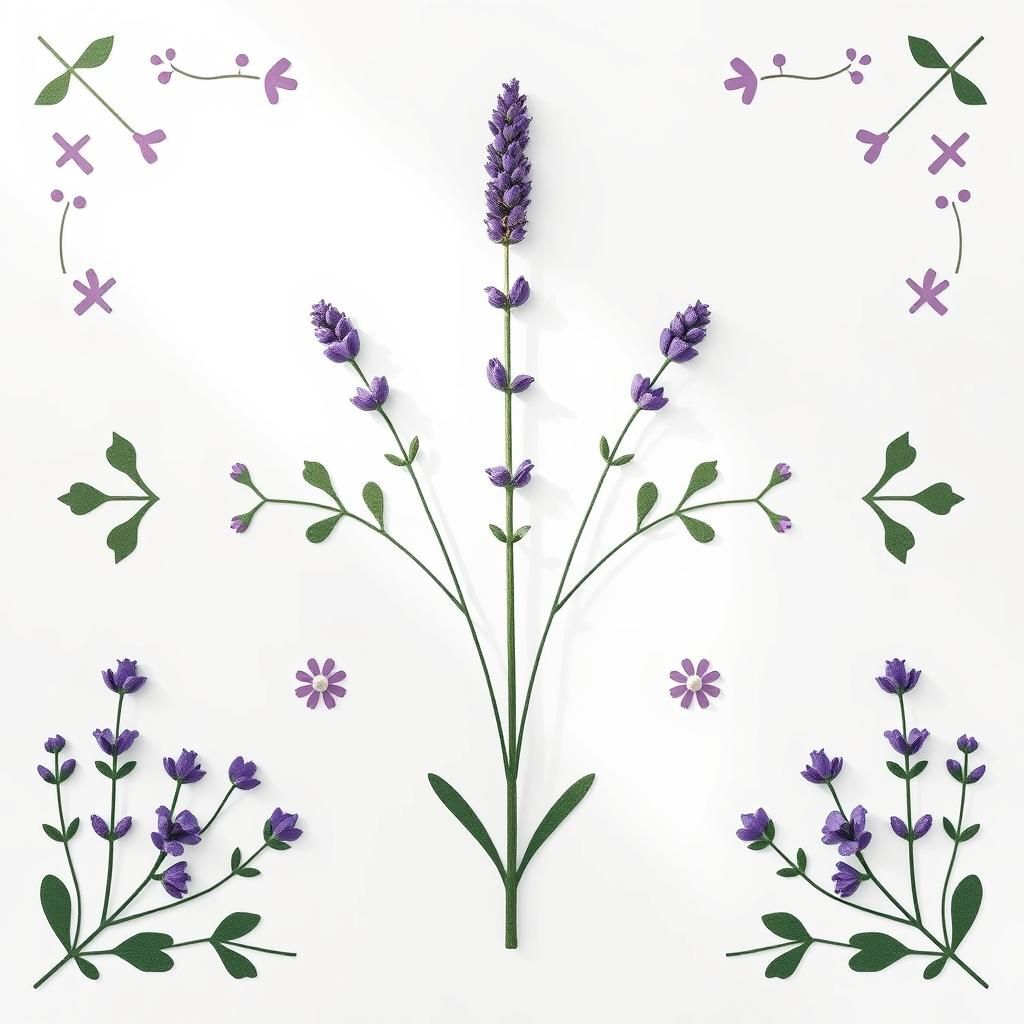
Lavender: From Garden to Aromatherapy
There’s something quietly magical about lavender—the way its silver-green leaves sway in the breeze, the soft purple blooms nodding like old friends in the late afternoon sun. This humble herb, a proud member of the mint family, carries a gentle strength that’s been treasured for generations.
In the garden, lavender is more than just a pretty face. Its natural insect-repellent qualities make it a steadfast guardian, warding off unwanted visitors like moths and mosquitoes without the harshness of chemicals. You might find sprigs tucked into sachets tucked away in linen drawers, or spritzed as a light, calming room spray. That unmistakable scent is more than fragrance—it’s comfort wrapped in every breath.
Culinary use of lavender may be less common than some herbs, but don’t let that stop you from experimenting. A pinch of dried lavender buds can bring a subtle floral note to baked goods, or gently infuse teas and lemonades, offering a quiet nod to rustic sweet simplicity. The trick is using it sparingly; too much, and it becomes overpowering. Just enough, though, and it conjures a memory of sunlit fields and slow, peaceful days.
Lavender’s true power, though, shines in its medicinal effects. Lavender oil is nature’s little helper for reducing stress and easing anxious thoughts. Countless studies show its gentle ability to improve sleep quality, turning restless nights into calm, restoring slumber. A cup of mint and lavender tea, steeped with care, offers a sip of serenity—warming the body and quieting the mind like a whispered lullaby.
Growing lavender is a worthwhile endeavor, especially for those with a sunny patch of well-drained soil. It thrives with minimal fuss—just a bit of sun, a touch of patience, and decent airflow. Harvesting the flowers as they bloom calls for a sharp eye and a gentle touch, capturing their essence at peak fragrance. Once dried, keep the bundles in a cool, dark spot to preserve their scent and usefulness throughout the seasons.
So when you find yourself craving a moment of calm or a sweet floral twist in your cooking, look no further than lavender. It’s a timeless gift from the earth—simple, soulful, and ready to bring a touch of countryside magic into your everyday moments.
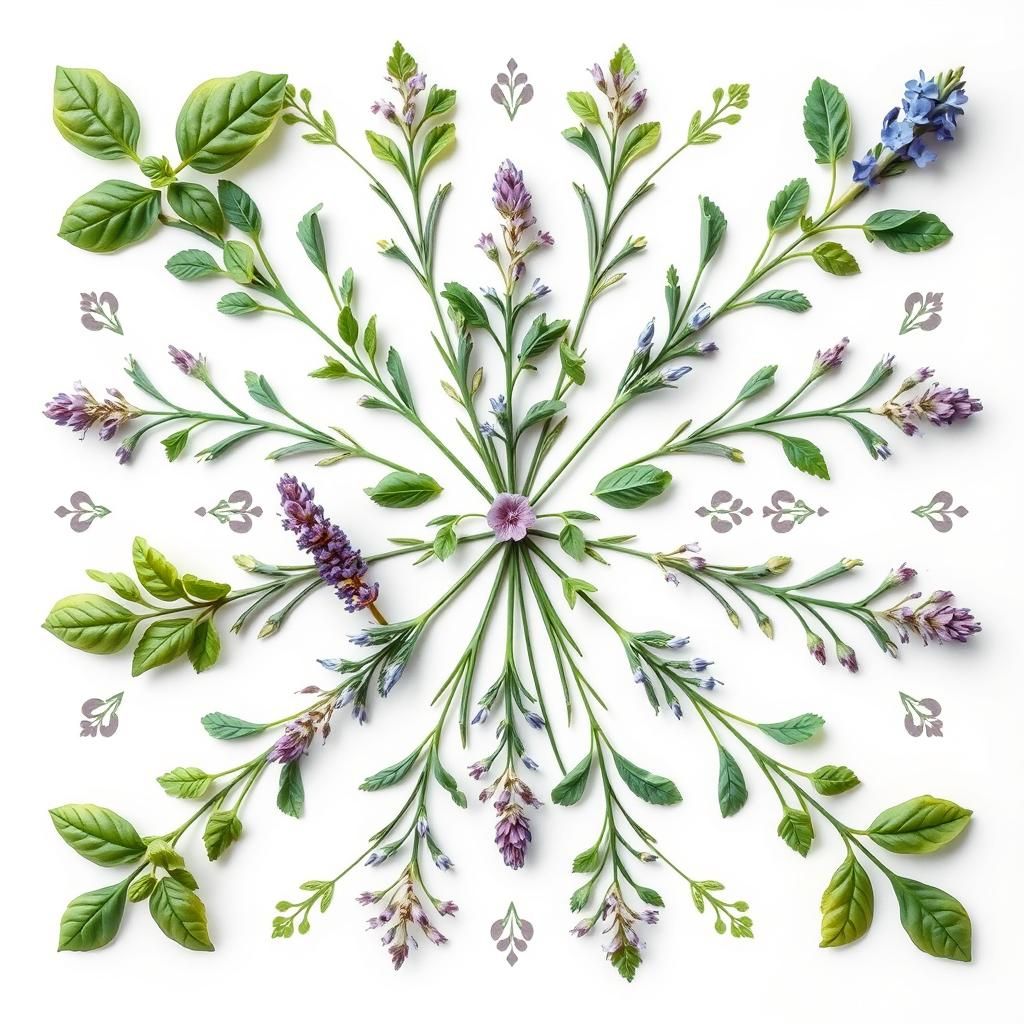
As we wrap up our stroll through the aromatic world of herbs, it’s clear each one offers a little slice of magic—whether it’s the bright, peppery zest of basil awakening your senses or the calming whisper of lavender easing you into restful evenings. These herbs aren’t just flavors on a plate; they’re stories of generations past, carried forward by those who knew the land well and trusted nature’s gentle gifts.
From the garden bench to your kitchen shelf, herbs like mint, rosemary, and sage invite us to slow down and savor the simple pleasures. Their culinary charms blend seamlessly with healthful benefits—boosting mood, aiding digestion, and soothing the nerves—all anchored by the steady hands of tradition and now, the nod of modern science.
So, why not start small? Maybe a pot of fresh thyme on your windowsill, ready to bring a woody warmth to your soups, or a sprig of rosemary tucked into your next tea. Let these herbs be your companions—quiet, steadfast, and full of quiet power. With just a little curiosity and care, you’ll find herbs weaving their way into your daily rhythm, nourishing body and soul alike.
Remember, it’s not about mastering every leaf, but about welcoming these green friends into your life with an open heart and patient hands. The garden is waiting, and so is the comfort of a warm kitchen filled with the scent of fresh herbs, where every meal feels like a simple celebration of nature’s kindness.
Share to...
I hope you enjoy the content.
Want to receive our daily crossword puzzle or article? Subscribe!
You may also be interested in
Share to…
Want to receive our daily crossword puzzle?
-
Jigsaw Puzzles
Oslo Opera House Abstract Jigsaw Puzzle 250 | 300 | 500 Pieces
kr 348,00 – kr 439,00Price range: kr 348,00 through kr 439,00 Select options This product has multiple variants. The options may be chosen on the product page -
Jigsaw Puzzles
Autumn Whiskers and Pumpkin Paws Puzzle 250 | 300 | 500 Pieces
kr 348,00 – kr 439,00Price range: kr 348,00 through kr 439,00 Select options This product has multiple variants. The options may be chosen on the product page -
Jigsaw Puzzles
Vigeland Park Fantasy Puzzle 250 | 300 | 500 Pieces
kr 348,00 – kr 439,00Price range: kr 348,00 through kr 439,00 Select options This product has multiple variants. The options may be chosen on the product page

















